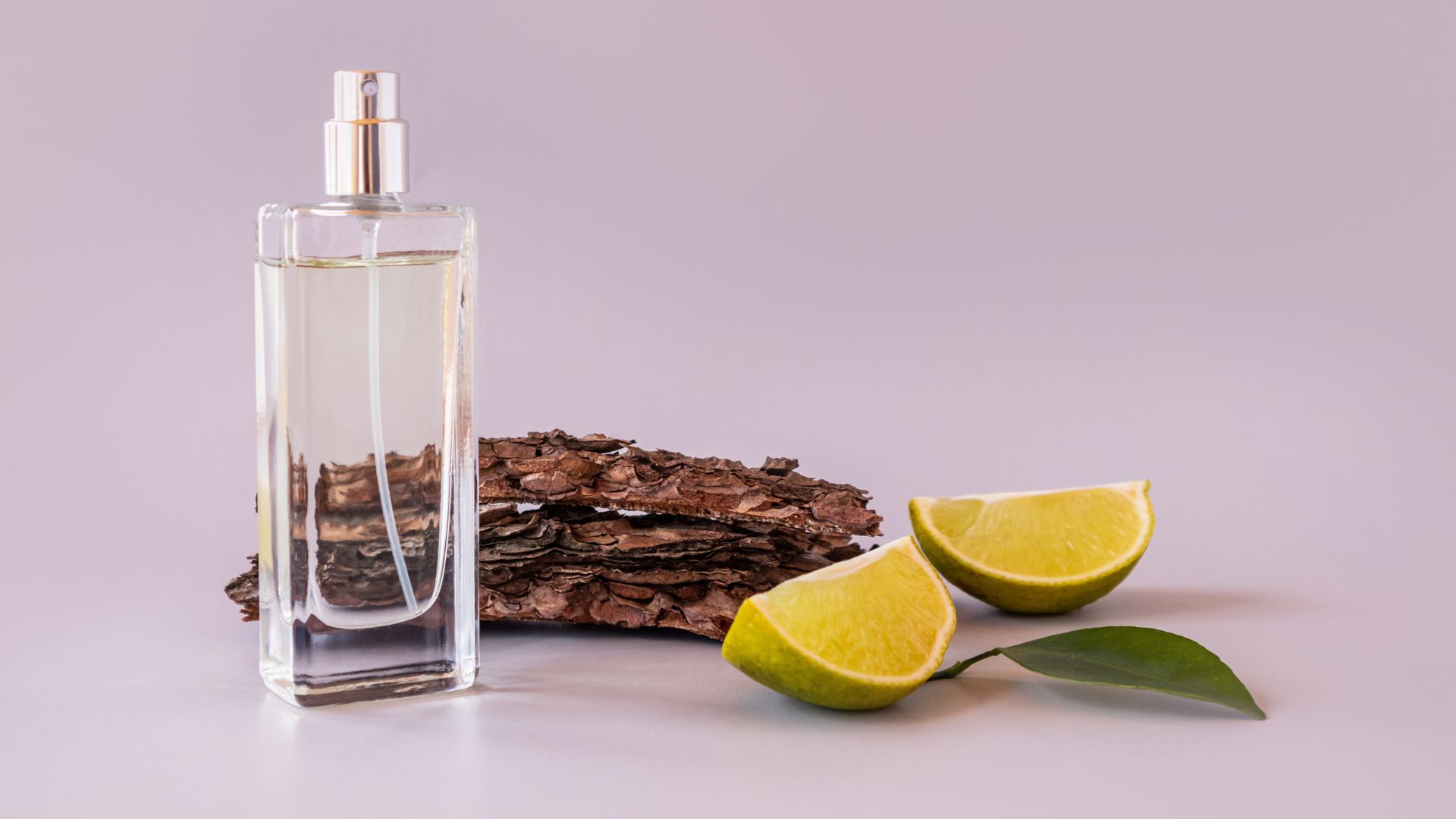
A fragrance goes through different stages of evaporation as soon as it hits your skin, causing it to smell differently as time goes by. This is the perfume’s lifecycle in action.
The notes signify each level of evaporation: starting with the top note, the heart/middle note, and ending with the base/bottom note.
As the day goes on, a layer or note peels away, revealing a combination of scents that might not have been present when you first sprayed your fragrance. This is what makes a perfume complex and exciting. When a perfume is also of higher quality, these changes can be more noticeable.
Understanding how a certain perfume develops will help you decide if it’s worth purchasing or not. So if you’re on the hunt for the perfect scent, here is what you need to know about a fragrance’s lifecycle.

Top note
The top note is essentially the initial layer of fragrance and what you immediately smell after spraying. It sets the tone of the perfume. These are a lighter set of scents that linger on your skin for the first 15 minutes up to two hours, depending on the quality.
Top notes usually are citrus scents – like lemon, orange, and bergamot – as well as light floral notes like lavender and rose.

Medium/Heart note
Medium note, also known as the heart note, becomes more pronounced after 2 hours and from its name, is the ‘heart’ of the fragrance. It’s there to complement the top note beautifully, creating a more complex scent.
You will be able to smell medium notes longer as they comprise 70% of the perfume. Among usual heart notes are aromatic florals like jasmine, geranium, neroli and ylang-ylang, and spices such as cinnamon, pepper, black pepper and cardamom.

Bottom/Base note
The base note is the foundation of your perfume. It settles in after three to four hours from the initial application and can linger for up to 10 hours, depending on the fragrance. This layer is comprised of heavier sets of scents and is usually longer-lasting than the others.
When alone, they can be a bit unpleasant or overpowering to the nose, but with your middle notes or what acts as a buffer, they bring out an entirely different experience to the consumer.
Popular base notes include vanilla, amber, musk, patchouli, moss and woody notes like sandalwood and cedarwood.























































